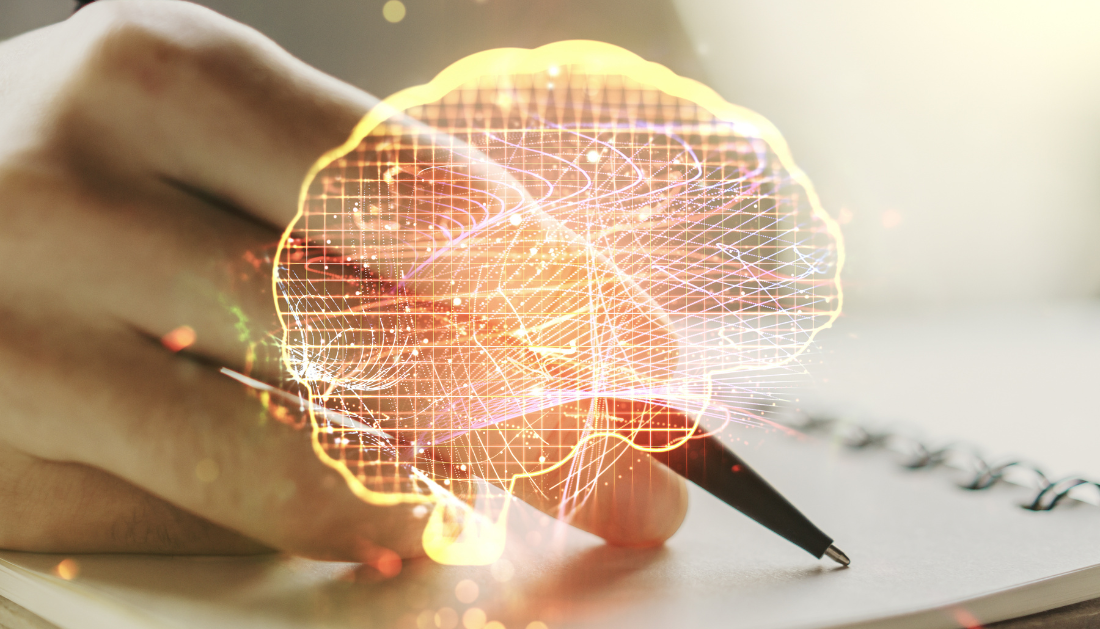

A Neuroscience Study reveals how the brain interprets the movement and location of various body parts through proprioception, often considered the ‘sixth sense.’ This sense allows us to move freely without constantly checking our limbs, highlighting the brain’s sophisticated processing of proprioceptive information.
Our muscles have a sophisticated network of sensors called proprioception, which communicates with our brains regarding the position and movement of our limbs. But little is understood about how the brain combines the many messages that it gets from the muscles.
Now, a new Neuroscience Study at EPFL headed by Alexander Mathis clarifies the issue by examining how our brains integrate information about our body’s position and movement. The study, which was published in Cell, was conducted by Alessandro Marin Vargas, Axel Bisi, and Alberto Chiappa, Ph.D. candidates, using experimental data from Northwestern University’s Chris Versteeg and Lee Miller.
Using musculoskeletal modeling, the researchers produced a set of ‘large-scale, naturalistic movement repertoire’ by generating muscle spindle signals in the upper limb. Thousands of ‘task-driven’ neural network models were then trained on sixteen computational tasks using this repertory, each of which reflected a theory about the computations performed by the proprioceptive pathway, which comprises regions of the brainstem and somatosensory cortex.
“It is widely believed that sensory systems should exploit the statistics of the world and this theory could explain many properties of the visual and auditory system. To generalize this theory to proprioception, we used musculoskeletal simulators to compute the statistics of the distributed sensors.”
Using musculoskeletal modeling, the researchers produced a set of “large-scale, naturalistic movement repertoire” by generating muscle spindle signals in the upper limb. Thousands of “task-driven” neural network models were then trained on sixteen computational tasks using this repertory, each of which reflected a theory about the computations performed by the proprioceptive pathway, which comprises regions of the brainstem and somatosensory cortex.
Using this method, the researchers were able to thoroughly examine how various neural network topologies and computational tasks impact the construction of ‘brain-like’ representations of proprioceptive data. The most successful neural network models were those that had been trained on tasks that predicted limb position and velocity. This suggests that our brains integrate the scattered muscle spindle information first to comprehend bodily movement and position.
The study emphasizes Neuroscience Study task-driven modeling’s promise in understanding sensory processing. Task-driven models, in contrast to conventional techniques, can provide insights into the fundamental computational principles of sensory processing instead of only directly forecasting neuronal activity.
A deeper comprehension of proprioceptive processing may result in breakthroughs in neuroprosthetics, allowing for more natural and intuitive control of mechanical limbs. This discovery also opens up new experimental possibilities in the field.
For More Information: Task-driven neural network models predict neural dynamics of proprioception, Cell, https://www.cell.com/cell/fulltext/S0092-8674(24)00239-3?_returnURL=https%3A%2F%2Flinkinghub.elsevier.com%2Fretrieve%2Fpii%2FS0092867424002393%3Fshowall%3Dtrue
more recommended stories
 Cognitive Distraction From Conversation While Driving
Cognitive Distraction From Conversation While DrivingKey Takeaways (Quick Summary) Talking, not.
 Fat-Regulating Enzyme Offers New Target for Obesity
Fat-Regulating Enzyme Offers New Target for ObesityKey Highlights (Quick Summary) Researchers identified.
 Spatial Computing Explains How Brain Organizes Cognition
Spatial Computing Explains How Brain Organizes CognitionKey Takeaways (Quick Summary) MIT researchers.
 Gestational Diabetes Risk Identified by Blood Metabolites
Gestational Diabetes Risk Identified by Blood MetabolitesKey Takeaways (Quick Summary for Clinicians).
 Phage Therapy Study Reveals RNA-Based Infection Control
Phage Therapy Study Reveals RNA-Based Infection ControlKey Takeaways (Quick Summary) Researchers uncovered.
 Pelvic Floor Disorders: Treatable Yet Often Ignored
Pelvic Floor Disorders: Treatable Yet Often IgnoredKey Takeaways (Quick Summary) Pelvic floor.
 Urine-Based microRNA Aging Clock Predicts Biological Age
Urine-Based microRNA Aging Clock Predicts Biological AgeKey Takeaways (Quick Summary) Researchers developed.
 Circadian Control of Neutrophils in Myocardial Infarction
Circadian Control of Neutrophils in Myocardial InfarctionKey Takeaways for HCPs Neutrophil activity.
 E-Cigarette Use and Heart Attack Risk in Former Smokers
E-Cigarette Use and Heart Attack Risk in Former SmokersKey Takeaways for Clinicians and Nurses.
 36-Week Pre-eclampsia Screening May Reduce Term Risk
36-Week Pre-eclampsia Screening May Reduce Term RiskA New Preventive Strategy for Term.

Leave a Comment